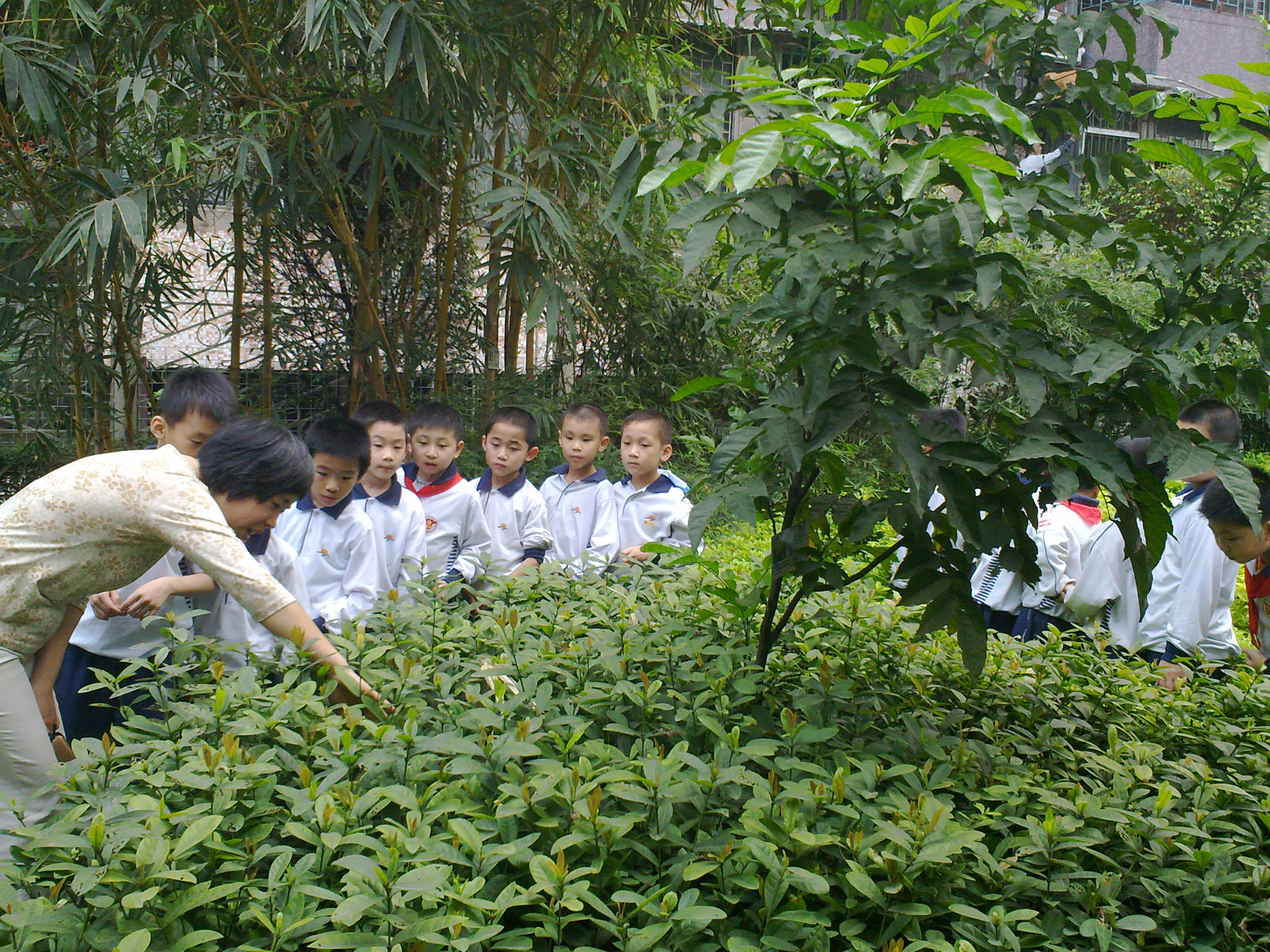Preventing myopia in East Asia

Related content
Spending enough time outdoors can drastically reduce the risk that a child will develop myopia.
The prevalence of myopia among school-aged children has been increasing over several decades, reaching up to 80% among junior high school graduates in East Asian populations,1 particularly in China’s most developed cities, Hong Kong, Taiwan and in those of Chinese descent living in Singapore.
To cope with this epidemic, risk factors and effective methods of prevention must be identified. Although increasing educational pressures and near work time have been highlighted as important risk factors for the increasing prevalence of myopia,2 it is unlikely that there will be a cultural shift in the focus on academic performance in these communities. Therefore, there is an urgent need to identify other modifiable risk factors for myopia.
Increased time spent outdoors was first proposed as a protective factor in a 3-year follow-up study3 and then reported in various studies, such as the Sydney Myopia Study,4 Orinda Study5 and a cohort study from Singapore.6 However, such reports can only prove association rather than a causal effect.
In 2009, a 3-year randomised trial in Guangzhou, China proved that an additional 40 minutes of outdoor activity at school reduced the 3-year cumulative incidence of myopia from 39.5% to 30.4%, a relative reduction of nearly 25%, among grade 1 primary school students.7 Another clinical trial in Taiwan suggested that 80 minutes of outdoor time per day could reduce the incidence by 50%.8 It is possible that outdoor intervention may have a dose-response preventative effect for myopia, though further studies are needed to substantiate this.8
A few approaches to maximise outdoor exposure have been suggested, given the fact that it is unlikely that class time will be reduced in the East Asian setting. One approach is to incorporate class time in an outdoor environment, while another is to lock classroom doors during break or play time (recess) which could add an additional 60 minutes of outdoor time.
Another approach is to increase in-classroom illumination during lessons. Our research group has proposed an innovative classroom design that incorporates a glass roof and walls in an attempt to maximise light intensity while students study indoors (Figure 1).9 We have also attempted to develop an LED lamp that resembles outdoor light intensity in the classroom. The efficacy of these two interventions are currently being investigated.

When school leaders or parents try to implement interventions that increase students’ time spent outdoors, they must also consider protecting the students against sunburn or damage caused by ultraviolet radiation. A recent study in Taiwan suggests that a much lower illumination of 1,000–3,000 lux (equivalent to illumination levels under tree shade) is sufficient to generate a protective effect.10
Other interventions, such as targeting smart device screen time or eye exercises, are yet to be supported by scientific evidence.
China has recently proposed a country-wide myopia control strategy engaging both the education and health sectors, which involves government policy reform, involvement of schools and parents in myopia prevention, improved health services targeting myopia, and health promotion discouraging risky behaviours leading to myopia.11
The impact of increasing outdoor time is far-reaching. A 25% reduction in incidence among primary school students would mean a significant delay in the onset of myopia, and this could reduce the prevalence of myopia and perhaps high myopia in the wider population. The challenge is how to translate these findings into an intervention that can be delivered during day-to-day school activities.
References
1 Wu LJ, You QS, Duan JL, Luo YX, Liu LJ, Li X, et al. Prevalence and associated factors of myopia in high-school students in Beijing. PLoS One. 2015;10(3):e0120764.
2 Huang HM, Chang DS, Wu PC. The Association between Near Work Activities and Myopia in Children-A Systematic Review and Meta-Analysis. PLoS One. 2015;10(10):e0140419.
3 Pärssinen O, Lyyra AL. Myopia and myopic progression among schoolchildren: a three-year follow-up study. Investigative Ophthalmology & Visual Science. 1993;34(9):2794-802.
4 Ojaimi E, Rose KA, Smith W, Morgan IG, Martin FJ, Mitchell P. Methods for a population-based study of myopia and other eye conditions in school children: the Sydney Myopia Study. Ophthalmic Epidemiol. 2005 Feb;12(1):59-69.
5 Mutti DO, Mitchell GL, Moeschberger ML, Jones LA, Zadnik K. Parental Myopia, Near Work, School Achievement, and Children’s Refractive Error. Investigative Ophthalmology & Visual Science. 2002;43(12):3633-40.
6. Dirani M, Tong L, Gazzard G, Zhang X, Chia A, Young TL, et al. Outdoor activity and myopia in Singapore teenage children. Br J Ophthalmol. 2009 Aug;93(8):997-1000.
7 He M, Xiang F, Zeng Y, Mai J, Chen Q, Zhang J, et al. Effect of Time Spent Outdoors at School on the Development of Myopia Among Children in China: A Randomized Clinical Trial. JAMA. 2015 Sep 15;314(11):1142-8.
8 Wu PC, Tsai CL, Wu HL, Yang YH, Kuo HK. Outdoor activity during class recess reduces myopia onset and progression in school children. Ophthalmology. 2013 May;120(5):1080-5.
9 Zhou Z, Chen T, Wang M, Jin L, Zhao Y, Chen S, et al. Pilot study of a novel classroom designed to prevent myopia by increasing children’s exposure to outdoor light. PLoS One. 2017;12(7):e0181772.
10 Wu PC, Chen CT, Lin KK, Sun CC, Kuo CN, Huang HM, et al. Myopia Prevention and Outdoor Light Intensity in a School-Based Cluster Randomized Trial. Ophthalmology. 2018 Aug;125(8):1239-50.
11 Jan CL, Congdon N. Chinese national policy initiative for the management of childhood myopia. The Lancet Child & Adolescent Health. 2018;2(12):845-6.

